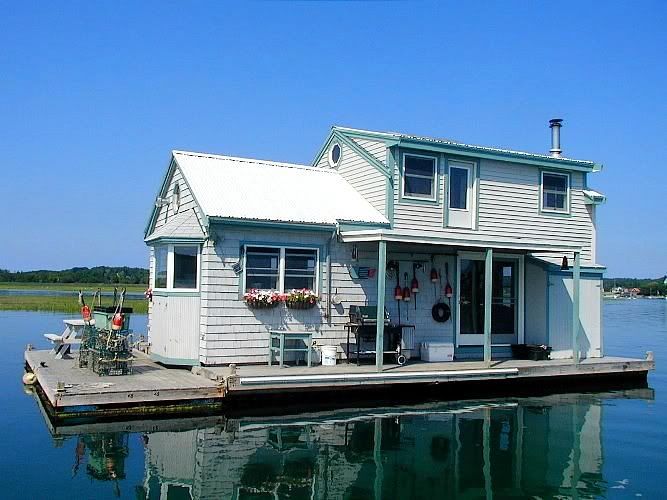by Ethan Nuss
Oh yea, Power Vote‘n in MD, baby! This past weekend members of the Maryland Student Climate Coalition (MSCC) gathered to launch Power Vote in style, and set a stellar state goal of 40,000 total pledges! (Two Maryland High School students gathered 400 pledges in the 5 days after returning from the Mega Camp training in MN. Booyah!) The MSCC is also planning multiple coordinated Green Jobs Day of Action events across the state and looking to garnish some high profile media like the Washington Post. But wait it doesn’t stop there…. the MD students heard that the Governor and several of their US congresspeople will be doing a campus speaking tour the first week of September. Expect to see Maryland students there in Power Vote T-shirts, green hard hats, and waving signs, because I smell some sweet bird-dogging.
But before we get ahead of ourselves with the excitement of the Sunday gathering (see silly video). Let’s rewind to Friday when they got their first campaign victory. Maryland students and community members went to an in district meeting with Rep. Elijah Cummings. What was the result of that meeting, you ask? They got Rep. Cummings to become the second member of congress to sign onto the 1Sky platform and commit to Green Jobs, Science based carbon reductions, and a moratorium on new coal plants. Yay! Look out Maryland elected officials because the MSCC is here to Kick this country into action!




